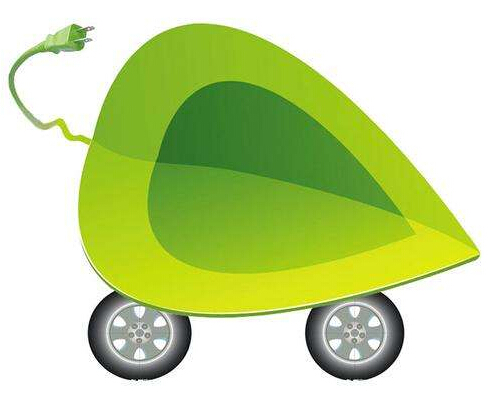As a kind of transportation vehicle using new energy, electric vehicles are being promoted by low noise, high energy efficiency, clean and pollution-free, and become one of the seven strategies of China's emerging industries. As an important part of the electric vehicle industry chain, the energy supply model determines the development of electric vehicles.
At present, the energy supply mode of electric vehicles is mainly based on plug-in and power-exchange. The charging mode has a long-term impact on the promotion of electric vehicles due to long charging time, high battery purchase cost, and large battery damage. Therefore, the power-changing mode has gradually attracted the attention of car companies and people.

Guodian and Nandian are active participants in the charging and switching mode
Compared with the plug-in mode, the power-changing mode centrally stores, centrally charges, and uniformly distributes a large number of batteries through a centralized charging station, and performs battery replacement services or battery charging, logistics deployment, and battery charging in the battery distribution station. The method of changing the electric service in one can save the owner of the large cost of purchasing the battery, and can solve the problem that the charging time is too long.
At present, in the international arena, the mode of power exchange has been applied and promoted in Israel, Canada, Australia, Denmark and other countries. In Asia, Tokyo has launched an electric taxi service that combines electricity and electricity. In general, foreign electric vehicles occupy a certain market in terms of the choice of energy supply mode. However, charging is still dominant, and the development of power-exchange mode is relatively lagging.
In China, the State Grid and China Southern Power Grid are active participants in the charging and switching mode of electric vehicles. In 2011, the State Grid put forward the business operation mode of “power-changing, plug-in and auxiliary, centralized charging, and unified distribution”, unified the development of the intelligent charging and switching service network operation management system, and launched a charging and replacing network. Pilot operation and battery rental pilot. A number of electric vehicle charging and replacing demonstration projects have been completed in Beijing, Suzhou, Shanghai, Qingdao and other cities. At the same time, an inter-city intelligent charging and replacement service network has been built in the two regions of the Bohai Sea and the Yangtze River Delta.
China Southern Power Grid also promotes battery-changing technology and business models for electric vehicles. As of the end of 2011, except for Tibet, most provinces and cities across the country have carried out plans for the construction of electric vehicle replacement networks. Due to the large controversy in battery control and standardization construction, the State Grid and the South Network have not really promoted the construction of power stations on a large scale. Compared with the big fan in 2011, the development of the power exchange mode in 2012 has entered a trough.
In recent years, with the support of policies, the state encourages the establishment of independent operation of charging and replacing enterprises, supporting new energy vehicle battery leasing, charging and replacing services and other business models in parallel, and gradually realize the marketization of charging and replacing facilities construction and management. And socialization.

Many car companies accelerate the layout of power exchange mode
Perhaps it is precisely because of the cost of seeing the battery has caused users to worry about it, many car companies have begun to use "battery changeable" as one of the main directions for the design of future pure electric vehicles. It only takes three to five minutes, and a battery with a "blood tank is empty" can be taken down directly and replaced with a new battery with a full battery. Although the power-changing technology has not been extensively verified by landing operations, this idea is being favored by many new energy vehicle companies.
Since last year, Beiqi New Energy has taken the lead in several cities across the country to carry out "changing power station" services. After a good response in the taxi industry, this year, the "changing electricity" mode pilot was extended to the pure electric private car field in Beijing. Among the new car manufacturers, the power-exchange technology has been included in the research and development. According to Wei Lai, the representative of the new car company, Weilai plans to build more than 1,100 power stations nationwide in 2020, and let the owners realize the “replacement within 3 km” in the central area of the first-tier cities such as Beijing, Guangzhou and Shenzhen.
















 RCCN WeChat QrCode
RCCN WeChat QrCode Mobile WebSite
Mobile WebSite
